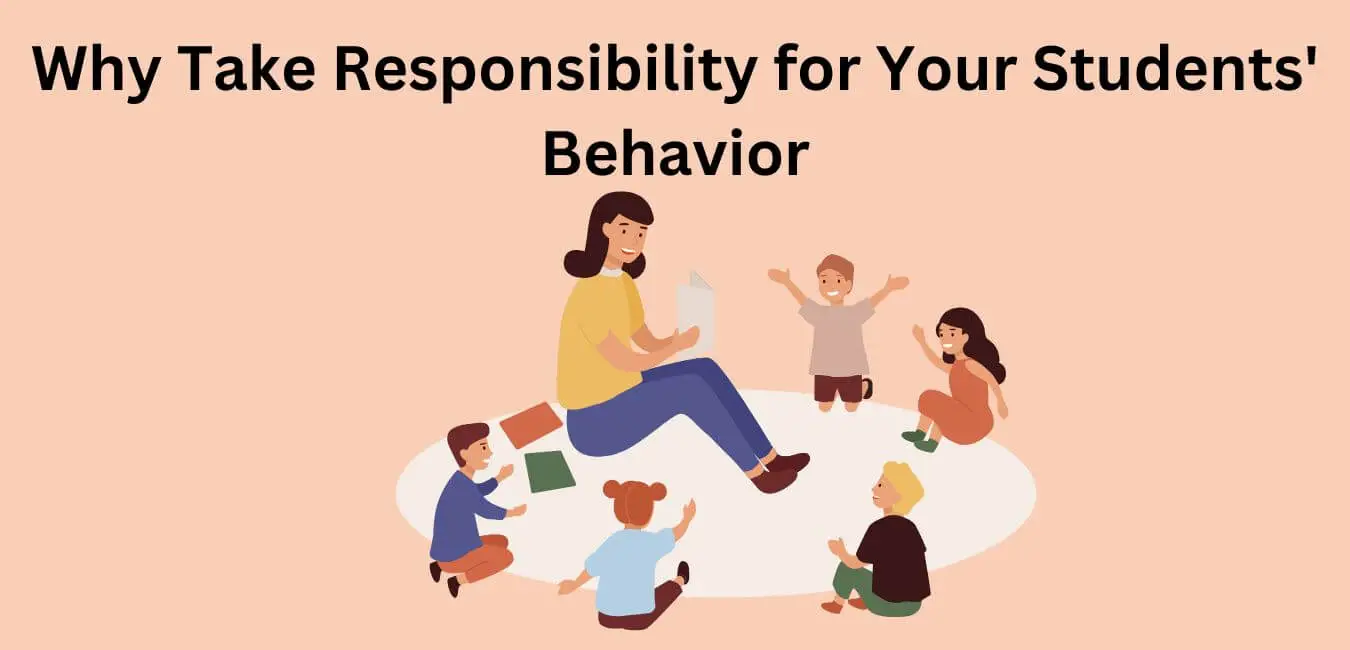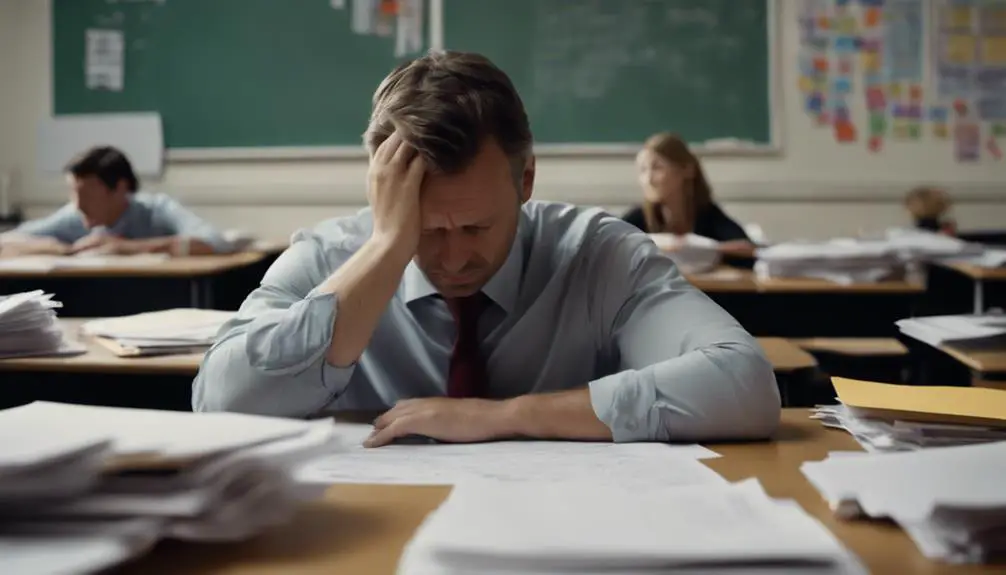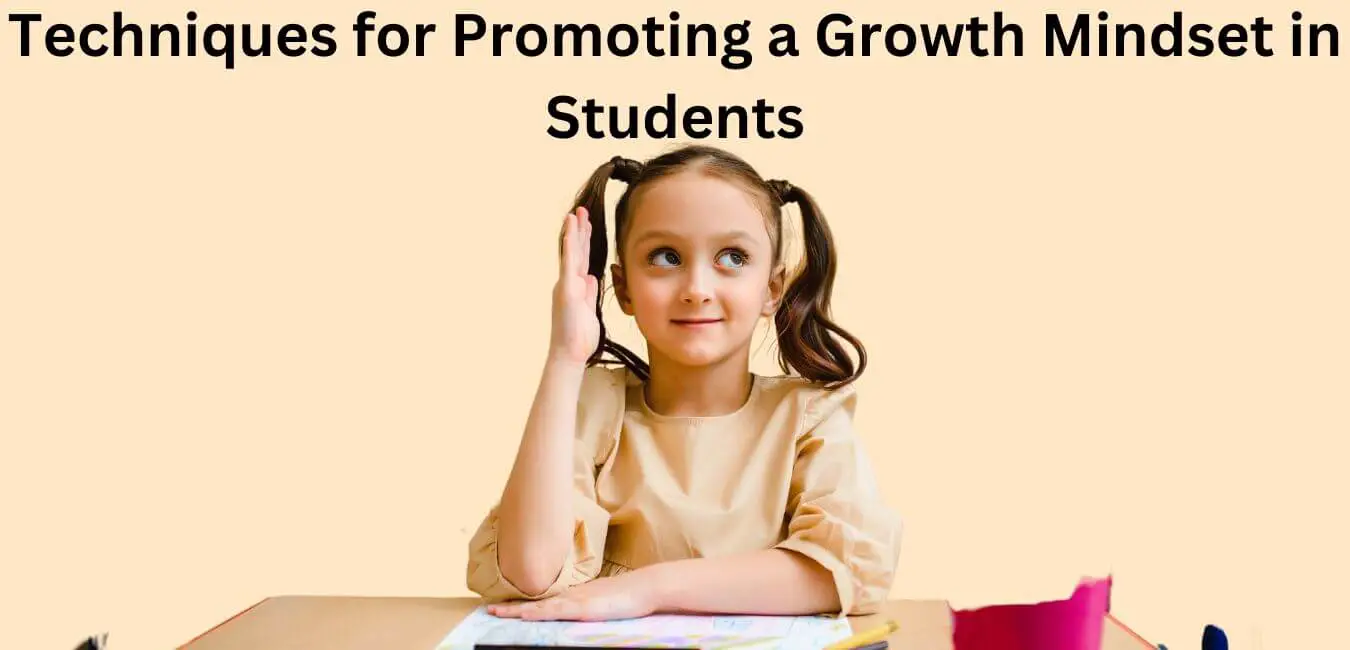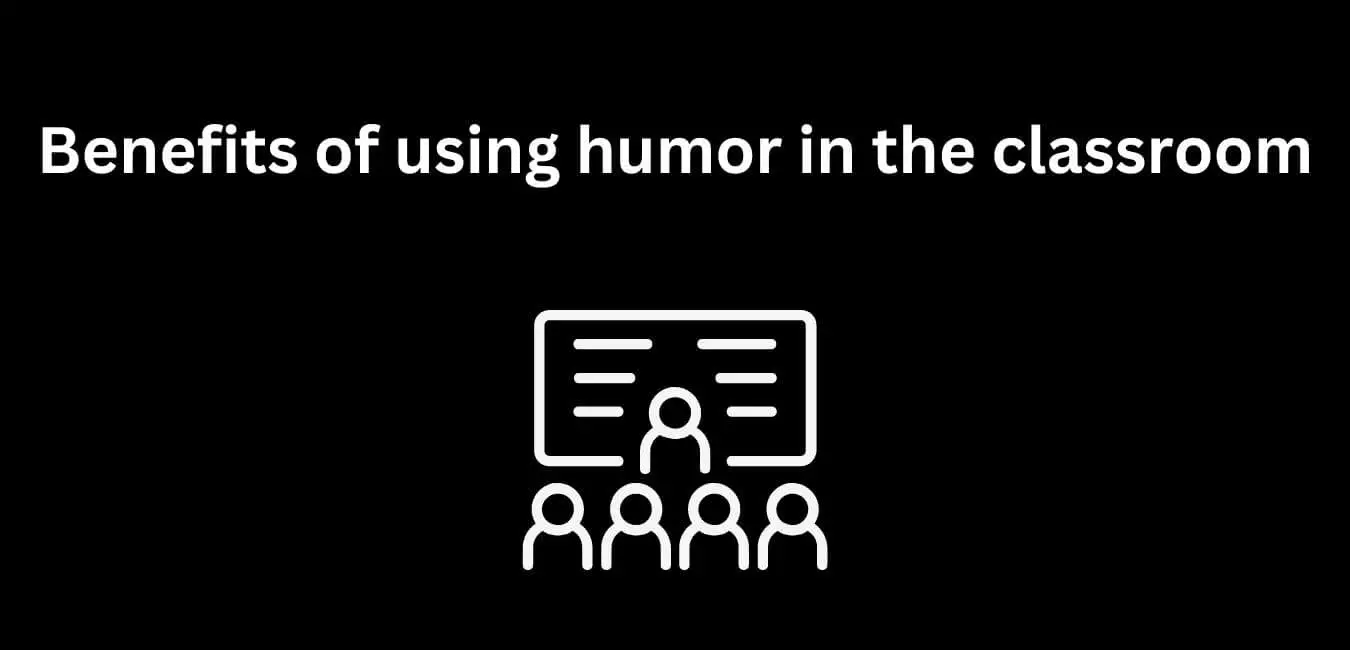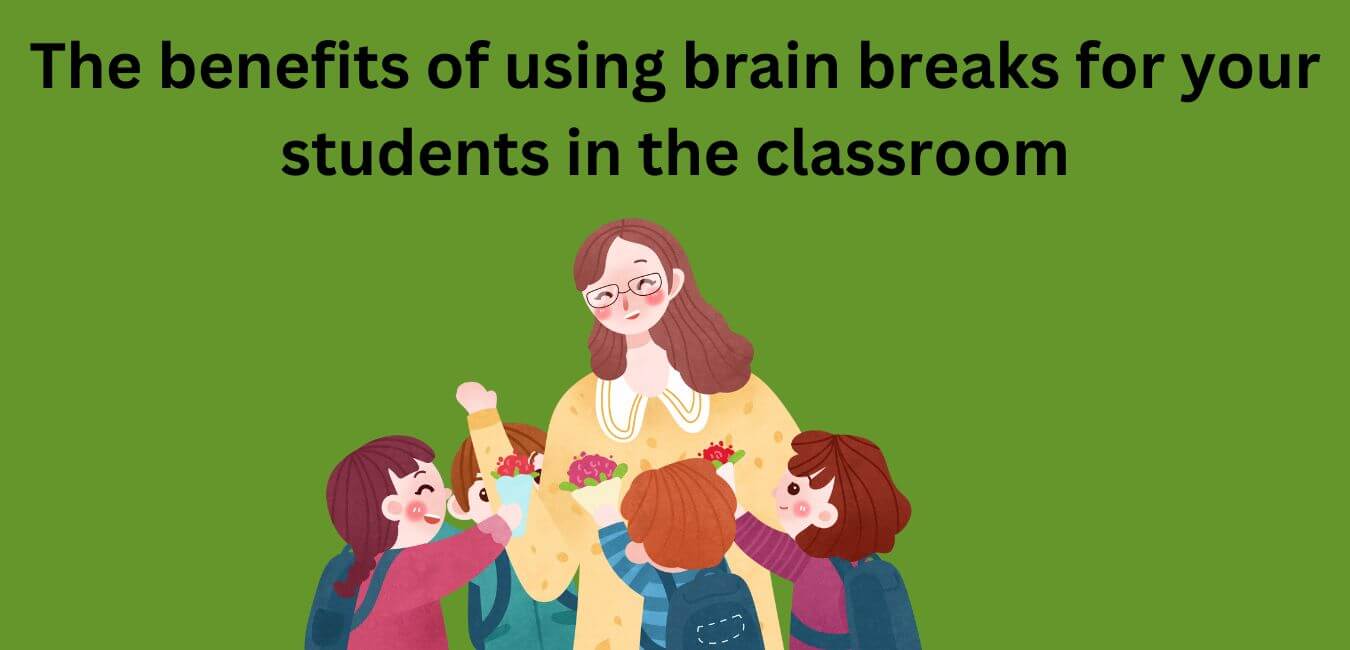Every teacher dreams of a classroom filled with well-behaved, respectful, and motivated students who are eager to learn and grow. But what happens when a classroom becomes a breeding ground for chaos, with students whose behaviors are disruptive, disrespectful, or even dangerous? How can educators ensure that their pupils not only grasp academic content, but also develop essential life skills such as self-regulation, empathy, and resilience?
It is both a privilege and a challenge to be the one to shape the future generation of society, and taking responsibility for your students’ behavior is an integral part of the teaching profession.
In this blog post, we explore 19 reasons why every educator should take charge of shaping positive behavior in their classroom – in the pursuit of not just imparting knowledge, but of nurturing future citizens who will carry the values and principles of tomorrow’s world.
So buckle up and get ready to dive into the dynamic world of classroom management, where teachers do not just inspire the limitless potential of young minds, but also, the evolution of the human spirit.
Why You Should Take Responsibility for Your Students’ Behavior
1. Setting rules and expectations
Setting clear rules and expectations for students is a fundamental aspect of being a responsible teacher. Rules and expectations provide structure, which gives students a sense of security and helps them to focus on learning.
When creating rules and expectations, it’s important to involve students in the process and to make sure the rules are culturally sustaining and not biased. Rules should be easy to understand and adhere to guidelines that align with school-wide behavior expectations.
By setting clear rules and expectations from the beginning of the school year, students will know what is expected of them and can monitor their own behavior, which will ultimately lead to a more positive learning environment.
2. Addressing students’ needs
Addressing students’ needs is a vital part of taking responsibility for their behavior. Teachers should strive to understand and meet the individual needs of their students in order to create a safe and supportive learning environment.
This includes recognizing and addressing any health or personal problems that may be affecting student behavior, providing appropriate resources and referrals for students who may need additional support, and creating classroom structures that accommodate differences in learning styles and abilities.
By addressing students’ needs in a proactive and compassionate way, teachers can help prevent problematic behaviors from arising in the first place and foster a positive classroom culture where all students feel valued and supported.
3. Handling conflicts and challenges
One of the key responsibilities of a teacher is handling conflicts and challenges that arise within the classroom. Conflict is a natural part of human relationships, and it can occur in any school setting.
Teachers must be equipped with the skills to manage conflict constructively and establish cooperative relationships with their students. It is essential to recognize the diversity of school conflicts and their causes to resolve them; this involves identifying the specific protagonists, causes, process, and context.
Consistency in addressing conflicts and upholding class norms is also necessary. Moreover, creating a safe and effective learning environment can help prevent conflicts and promote positive behaviors. Students must also be empowered to manage conflicts and advocate for themselves.
4. Role of teacher in establishing connections
Teachers play a vital role in establishing strong connections with their students, which is crucial for creating a positive and safe classroom environment.
Positive relationships with students are essential since they considerably contribute to academic and social development. Teachers can foster these relationships by demonstrating their interest in understanding each student’s unique background, talents, and learning style.
Building positive teacher-student relationships involves creating an inclusive learning environment that encourages the students to take initiative, share ideas, and communicate openly with their teacher. When students feel connected, they tend to better absorb academic material and show better academic performance overall.
Thus, it’s the teacher’s responsibility to establish strong connections with their students and promote positive teacher-student relationships to equip the students for success in school and beyond.
5. Developing trust with students
Developing trust with students is crucial in creating a healthy and productive classroom environment.
As a teacher, you can build trust by leading by example and giving your students responsibilities and challenges to show that you trust and believe in them.
Consistency is also key, as students need to feel that they can rely on you to follow through on what you say. Additionally, creating a safe and transparent classroom atmosphere can help build trust and open lines of communication with your students.
By taking the time to get to know each individual student and addressing their needs and concerns, you can establish a trusting relationship that will foster a positive and successful learning experience for everyone involved.
6. Encouraging good behavior
Encouraging good behavior in students can be done in a natural way. One way is by giving your students positive feedback or praise when they behave well.
For example, saying “Great job sharing your toys with your classmates!” or “I’m so impressed with how you all worked together on this project.” This kind of positive reinforcement can make good behavior more likely and challenging behavior less likely. It’s also important to model good behavior yourself and create a positive and safe learning environment for your students.
By promoting good behavior, you can help your students become better learners and build stronger relationships with you and their peers.
7. Positive reinforcement strategies
Positive reinforcement is a powerful tool that promotes the desired behavior in students. Unlike punishment, it relies on cultivating relationships and encouraging positive behaviors.
By using positive reinforcement, teachers can increase the likelihood of their students repeating desirable behaviors. Rewards such as praise, stickers, or extra privileges can work wonders in shaping behavior and motivating students to keep up their good work.
However, the timing and delivery of the reinforcement are essential in making it effective. It should be appropriate for the student’s age, genuine, and awarded immediately after the behavior.
By focusing on promoting positive behaviors rather than reacting to disruptive ones, teachers can create a motivating, supportive, and productive learning environment.
8. Being a positive role model
As a teacher, being a positive role model is crucial in shaping your students’ behavior and attitude towards life. You are someone they look up to and emulate, so it’s important to set a good example in everything you do.
This means embodying the values you teach, such as integrity, compassion, and hard work. Being a positive role model also involves being respectful of others, demonstrating self-awareness, and being committed to your goals and values.
By striving to be the best version of yourself, you inspire your students to do the same and become responsible, caring individuals who make a positive impact on society.
9. Addressing bullying and harassment
Bullying and harassment are serious issues that can greatly impact a student’s mental health, academic performance, and overall well-being.
As a teacher, it is important to establish clear rules and policies against bullying, and consistently enforce them. It is also crucial to create a safe and supportive classroom environment where students feel comfortable reporting incidents of bullying or harassment.
Educating students on the harmful effects of bullying and promoting empathy and kindness can also be effective strategies for addressing this issue. Additionally, it is important to provide resources and support for affected students, such as referrals to counseling services or implementing safety plans.
By addressing bullying and harassment head-on, we can create a positive learning environment where all students feel respected and valued.
10. Security measures and Responding to emergencies
As educators, it’s crucial to prioritize the safety of our students. This includes implementing effective security measures within the classroom and being prepared to respond to emergencies.
Simple steps, such as ensuring that all doors and windows can be easily locked, can make a big difference in preventing unauthorized access.
Having emergency plans in place, practicing drills, and providing staff with the necessary training can also prove invaluable in situations where time is critical. It’s important to take any potential risks seriously, and to be proactive in ensuring that students feel secure and protected at all times.
By putting in place appropriate security measures and prioritizing emergency preparedness, educators can help ensure a safe and secure learning environment for all.
11. Promoting academic success
Creating a motivating learning environment is crucial for promoting positive student behavior and academic success.
Teachers can support this by establishing clear academic expectations, providing positive reinforcement, and encouraging collaboration among students. It is also important to take into account each student’s individual needs and interests, as well as offer a variety of learning styles and teaching methods.
By creating a positive classroom environment with personalized learning strategies, students are more likely to feel valued and engaged in the learning process. This, in turn, sets the stage for improved behavior, increased motivation, and greater academic achievement.
12. Helping students overcome obstacles
Helping students overcome obstacles is an important aspect of taking responsibility for students’ behavior. As a teacher, it is important to recognize when students are struggling and provide them with the support they need.
This can involve assisting them with classwork, providing resources for mental health and emotional well-being, and working with them to set and achieve personal goals. Additionally, helping students manage stress and anxiety can play a crucial role in preventing negative behavioral outcomes.
Creating a positive and motivating learning environment can also facilitate student success and provide them with the tools they need to overcome any obstacles that may come their way.
By taking an active role in helping students overcome challenges, teachers can show their commitment to their students’ well-being and success.
13. Encouraging social and emotional development
As important as academic skills are, it’s equally vital for educators to teach their students’ social skills and encourage emotional intelligence.
Students who struggle to interact with their peers or lack emotional regulation skills are at risk of feeling isolated, anxious, and disconnected from the learning process. Teachers can foster social and emotional growth by modeling healthy communication, empathy, and self-reflection.
They can also create lessons and activities that promote constructive conflict resolution, stress management, and mindfulness.
Through practicing these skills, students not only become better equipped to navigate social situations and form positive relationships but also gain a deeper understanding of themselves and their emotions, setting them on a path toward a fulfilling life.
14. Helping students manage stress and anxiety
Managing stress and anxiety is crucial for students as it affects their academic performance and overall well-being.
Teachers can help students manage stress by creating a safe and supportive learning environment, promoting physical activity and proper sleep hygiene, providing opportunities for students to express themselves, and teaching relaxation techniques like deep breathing and yoga.
It’s important to identify signs of stress and anxiety in students and provide support and resources accordingly. Supporting social and emotional learning can also help students build resilience and coping skills.
By addressing stress and anxiety in schools, students can develop healthy habits that will benefit them throughout their lives.
15. Staying informed on educational policies
It’s important for teachers to stay informed on educational policies, as they have a direct impact on the classroom. Policies can cover a range of topics including curriculum, assessments, and student discipline.
By staying up-to-date, teachers can make informed decisions for their students and ensure that they are meeting the necessary requirements. Also, being knowledgeable about policies allows teachers to advocate for their students and push for changes they believe are necessary.
Staying informed can also provide opportunities for professional development and networking with other educators. As policies can change frequently, it’s important for teachers to stay connected and aware of any updates or changes.
Ultimately, by staying informed on educational policies, teachers can better serve their students and provide a quality education.
16. Being an advocate and empowering students to advocate for themselves
As a teacher, being an advocate for your students means speaking up for their individual needs and well-being. It means being their voice when they may not be able to speak for themselves.
By empowering students to advocate for their own learning differences, we are fostering independence and self-confidence.
Encouraging them to ask questions and helping them understand their own rights and the rules of the system they are in can set them on a path to success. We can also support them by connecting them with resources and services that can aid them in their personal growth and development.
With the right guidance and tools, students can become their own advocates and experience positive, meaningful change in their lives and education.
17. Encouraging parental involvement
Effective communication with parents is essential for building a positive partnership with them and ensuring the success of their children’s education.
Teachers can engage parents in the learning process by regularly communicating with them about their child’s academic progress, behavior, and any challenges they face.
Providing opportunities for two-way communication, such as conferences, home visits, and curriculum nights, is effective in building trust and understanding between parents and teachers.
Furthermore, teachers can involve parents in school activities and encourage their participation in helping their children with homework and supporting their learning strategies.
By working together, teachers and parents can create a motivating and supportive learning environment for students, leading to their academic, social, and emotional success.
18. Implementing fair and consistent discipline
Fair and impartial discipline strategies are essential for teachers to create a safe and productive learning environment for their students. It is crucial to establish consistent consequences for misbehavior, with the aim of changing behavior, rather than punishing the student.
The consequences should be age and developmentally-appropriate, and the student should understand why they are receiving the consequence.
Consistency is key to creating a sense of fairness and predictability for students, which can lead to increased compliance with classroom rules.
Also, teachers should avoid showing favoritism towards specific students and should strive to treat all students equally, regardless of their background or behavior history. This approach can help to build trust and respect between the teacher and their students.
19. Maintaining professionalism
When it comes to behavior management, ethical considerations are of paramount importance. Teachers play a key role in shaping students’ behavior, and it is essential for them to understand their ethical responsibilities in this regard.
As outlined in the BACB Professional and Ethical Compliance Code for Behavior Analysis, supervisors have the responsibility to ensure that supervisees engage in ethical behavior. This includes setting clear performance expectations, providing ongoing support and guidance, and correcting performance errors when they arise.
Teachers must also establish clear rules and consequences that are communicated to students, and ensure that they are applied fairly and impartially.
By following ethical guidelines, teachers can help create safe and supportive learning environments that foster positive behavior and academic success.
Conclusion
Taking responsibility for students’ behavior is a crucial aspect of being a teacher. As discussed, it involves setting rules and expectations, addressing students’ needs, handling conflicts and challenges, establishing connections, encouraging good behavior, being a positive role model, addressing bullying and harassment, creating a motivating learning environment, teaching social skills and emotional intelligence, staying informed on educational policies, being an advocate for students, creating consistent consequences, and ethical considerations in behavior management.
By implementing these strategies, teachers can create a safe and positive learning environment that encourages students to thrive academically and emotionally.
As educators, it is our duty to ensure that our students are successful and prepared for their future. Therefore, it is essential that we take responsibility for their behavior and guide them toward excellence.

